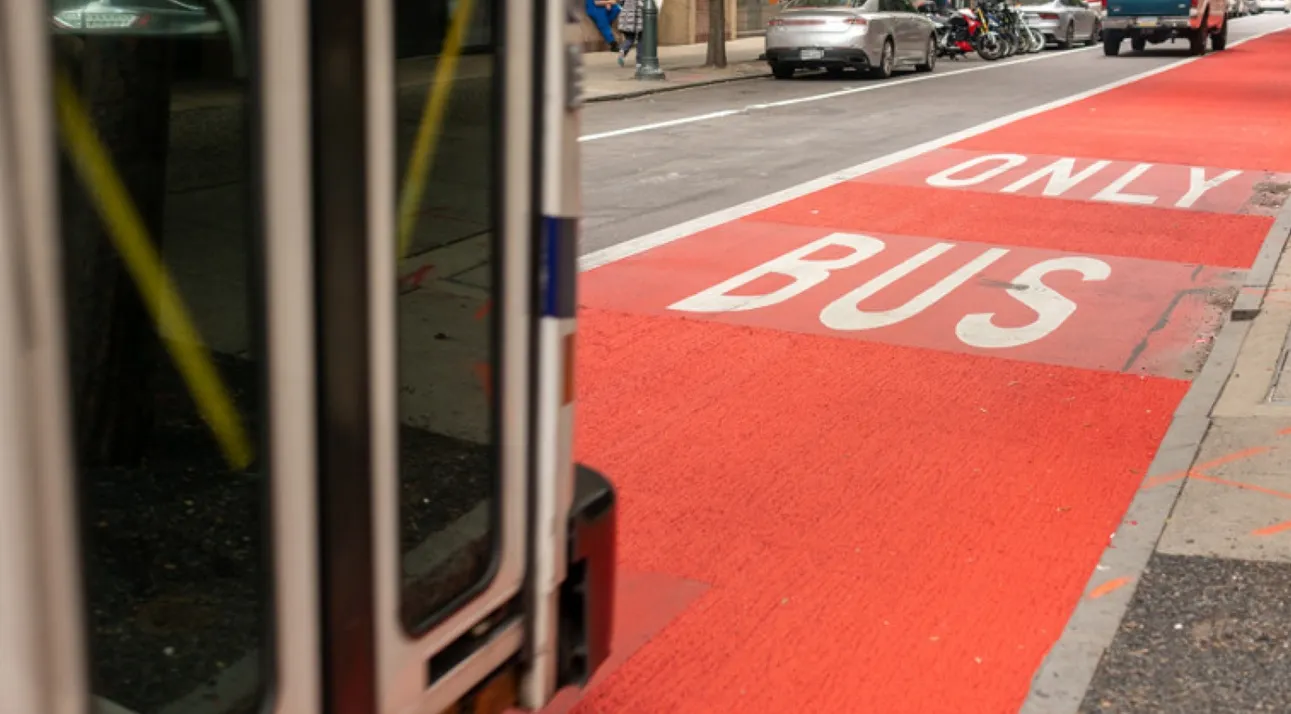The City of Edmonton, Canada is piloting new traffic technology to help drivers get where they need to faster, easier and more safely, with the help of the University of Alberta's Centre for Smart Transportation.
The city is testing an Advisory Driving Speed system on one of the city’s major freeway where the legal speed limit is 80 km/h and which experiences congestion issues during peak periods. Signage informs drivers of the recommended speed they should travel to avoid traffic jams and sudden stops,
August 21, 2015
Read time: 2 mins
The City of Edmonton, Canada is piloting new traffic technology to help drivers get where they need to faster, easier and more safely, with the help of the University of Alberta's Centre for Smart Transportation.
The city is testing an Advisory Driving Speed system on one of the city’s major freeway where the legal speed limit is 80 km/h and which experiences congestion issues during peak periods. Signage informs drivers of the recommended speed they should travel to avoid traffic jams and sudden stops, optimising travel time.
The recommended driving speed is calculated using vehicle volume and speed data, gathered by sensors buried under the roadway and ramps. The data are processed through a complex algorithm developed by the centre. The calculation for recommended speed is then programmed and posted on digital signs controlled from the city’s Traffic Management Centre.
Similar technology has reduced collisions and congestion in France, Sweden and the United States. Once the pilot is complete, the city will review the results and evaluate the potential of using the technology as a permanent solution to traffic issues.
“This is an exciting opportunity for our research group to work with the city and tackle the problem of traffic congestion and improving public safety,” said civil engineering professor Tony Qiu, director of the centre in the Department of Civil and Environmental Engineering.
“Other cities have successfully installed advisory speed signs to manage congestion and reduce stop-and-go traffic, and we hope to achieve these benefits in Edmonton as well.”
Qiu says planning for the pilot project began the week he arrived at the U of A six years ago. He says he found a group of like-minded individuals when he met with city transportation officials.
“The recommended speed will change according to issues such as heavy volume, construction, collisions and weather conditions,” said Wai Cheung, technical specialist in advanced traffic analysis with the city’s transportation operations. “If drivers match the recommended speed, even if it’s only 10 km/h slower, they will help reduce congestion and possibly collisions.”
The city is testing an Advisory Driving Speed system on one of the city’s major freeway where the legal speed limit is 80 km/h and which experiences congestion issues during peak periods. Signage informs drivers of the recommended speed they should travel to avoid traffic jams and sudden stops, optimising travel time.
The recommended driving speed is calculated using vehicle volume and speed data, gathered by sensors buried under the roadway and ramps. The data are processed through a complex algorithm developed by the centre. The calculation for recommended speed is then programmed and posted on digital signs controlled from the city’s Traffic Management Centre.
Similar technology has reduced collisions and congestion in France, Sweden and the United States. Once the pilot is complete, the city will review the results and evaluate the potential of using the technology as a permanent solution to traffic issues.
“This is an exciting opportunity for our research group to work with the city and tackle the problem of traffic congestion and improving public safety,” said civil engineering professor Tony Qiu, director of the centre in the Department of Civil and Environmental Engineering.
“Other cities have successfully installed advisory speed signs to manage congestion and reduce stop-and-go traffic, and we hope to achieve these benefits in Edmonton as well.”
Qiu says planning for the pilot project began the week he arrived at the U of A six years ago. He says he found a group of like-minded individuals when he met with city transportation officials.
“The recommended speed will change according to issues such as heavy volume, construction, collisions and weather conditions,” said Wai Cheung, technical specialist in advanced traffic analysis with the city’s transportation operations. “If drivers match the recommended speed, even if it’s only 10 km/h slower, they will help reduce congestion and possibly collisions.”









